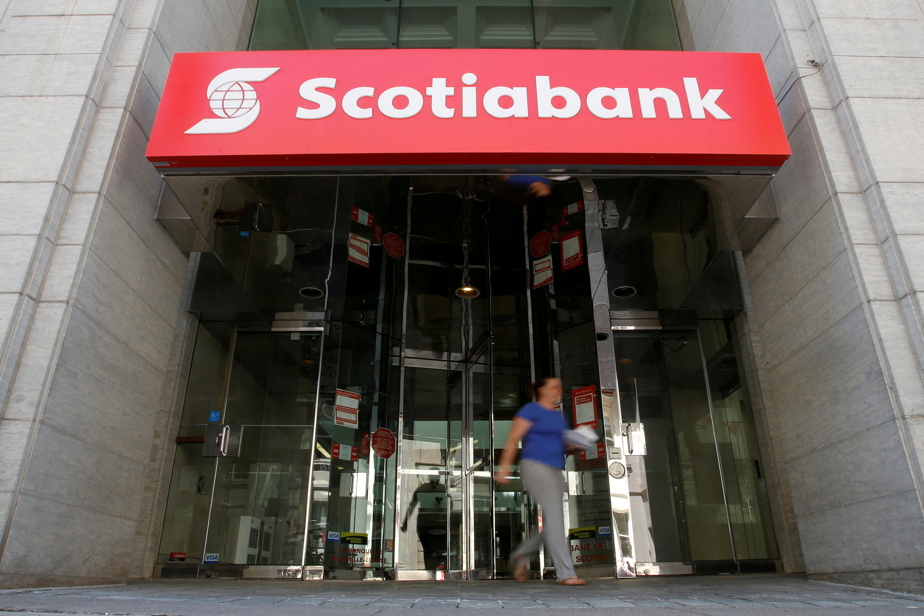(Toronto) Signs of an economic slowdown are increasing, and Canadian banks could provide proof next week.
The big six banks are due to report fourth-quarter results, which analysts say are likely to show falling profits, more money set aside to cover bad loans and signs of increased pressure on banks. Mortgages.
These results come as economic growth has virtually stopped in recent months, the engine having stalled after the Bank of Canada raised its key rate to 5%.
Rising borrowing costs and increased caution among banks are resulting in a notable slowdown in loan growth.
“The main trend in banking right now is really decreasing lending in the Canadian market,” said Shilpa Mishra, managing director of BDO capital advisory services.
The pace of loan growth in the third quarter was about half of what it was a year ago, while down slightly from the previous quarter, she noted.
Not only are banks slowing the pace of new lending, they are also setting aside more money for loans that could go bad or already are, as higher interest rates increase pressure on borrowers. This will have a big influence on profits.
“We expect mixed results from Canadian banks in an increasingly uncertain environment,” said Ms.me Mishra. This will mainly be due to the provision for credit losses. »
Analysts at RBC Capital Markets forecast that total provisions for credit losses in the sector will increase by 13% from the previous quarter, to $3.3 billion, because the macroeconomic environment has deteriorated.
The money set aside is a big part of why Scotiabank analyst Meny Grauman expects earnings per share to fall 3% from the previous quarter and 7% from a year ago.
Over the past quarter, we have seen a clear deterioration in a series of Canadian macroeconomic indicators, including GDP and employment.
Meny Grauman, analyst at Scotiabank
Unemployment rose 0.2 percentage points to 5.7% in October, the fourth monthly increase, while GDP growth in August was virtually unchanged and the flash estimate for September was also remained unchanged, according to Statistics Canada.
Signs of slowdown are visible in other key sectors like real estate, where October home sales were down 5.6% compared to September sales, which were down 1.9% compared to August , according to the Canadian Real Estate Association.
“The economy is now slowing, with gross domestic product growth near zero for several months,” Bank of Canada Governor Tiff Macklem said last week.
He also noted that the inflation rate fell from 8.1% in June 2022 to 3.1% last month.
“This tightening of monetary policy is working, and interest rates could now be restrictive enough to return us to price stability,” he said.
Mr. Grauman said the bond market was pricing in a rate cut from the Bank of Canada in the second quarter of next year, and from the U.S. Federal Reserve a quarter earlier, but he thinks that’s optimistic.
He expects consumer finances to be increasingly tested in the scenario of higher rates for a longer period, and he will listen to guidance from bank executives on the extent of pressure they expect from borrowers.
Waves of mortgage renewals are coming in the coming years, which will increase monthly payments and should keep pressure on borrowing.
Banks prepared for the slowdown by reducing their expenses, particularly on personnel. Scotiabank said in October it was cutting about 2,700 positions, while RBC announced last quarter it had cut about 900 jobs and planned to cut more than 1,900 more. Other banks also recorded charges related to staff reductions.
Scotiabank results will be released on November 28; those of CIBC, TD Bank and RBC on November 30; and those of BMO and National Bank on 1er December.
